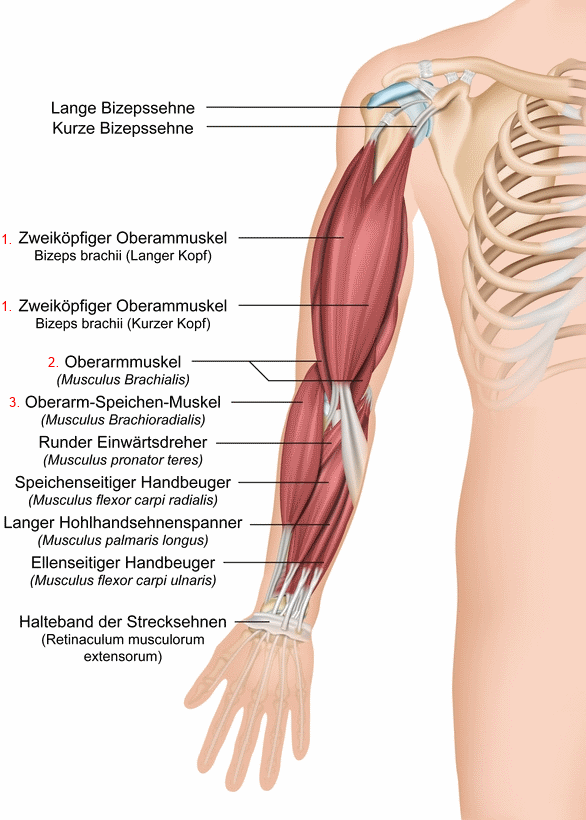You’ve probably heard of Scott curls, named after the legendary first (and second) Mr. Olympia Larry Scott. But do Zottman curls mean something to you?
GEORGE ZOTTMAN
Zottman curls are named after George Zottman, an American strongman of the late 1800s. Zottman was known for his strong forearms and in his heyday weighed almost 100 kg at a height of 1.80 meters. Note that anabolic steroids did not exist at that time.
THE BEST OF THE CURL AND REVERSE CURL
Zottman curls are a combination of conventional (dumbbell) biceps curls and reverse curls. You perform the concentric (upward) phase as a ‘regular’ curl. So with an underhand grip, with your palms up. When your arms are fully bent, turn your palms down and perform the eccentric (downward) phase with your palms down.
UNIQUE ADVANTAGE
The advantage of Zottman curls over reverse curls is that you can curl more than reverse curls, so you can perform the eccentric phase with Zottman curls with more weight. Zottman curls are in fact an example of the two moves technique in eccentric training.
During the eccentric phase of Zottman curls, you target your brachialis (upper arm), but especially your brachioradialis (forearm), both of which help your biceps brachii bend your arm. The brachioradialis is more active when using an overhand grip than when using an underhand grip.
Because you mainly train the target muscle here eccentrically, it is important to emphasize this downward phase by lowering the dumbbells relatively slowly and thus increasing the time under tension. This also increases the involvement of the brachialis, while reducing that of the biceps brachii. A plus, as far as we’re concerned, because in our opinion the brachialis usually gets far too little attention compared to the biceps. The brachialis is a somewhat ‘hidden’ muscle that somewhat lies under your biceps. By training this muscle, your biceps are pushed up.
 The anatomy of the arm (front). With Zottman curls you primarily train the arm-radius muscle (brachioradialis muscle: 3) and, to a slightly lesser extent, the brachialis muscle (2).
The anatomy of the arm (front). With Zottman curls you primarily train the arm-radius muscle (brachioradialis muscle: 3) and, to a slightly lesser extent, the brachialis muscle (2).Other good exercises for your brachioradialis and brachialis are hammer curls and the aforementioned reverse curls, where you only use an overhand grip.
Cover image: Rich Piana